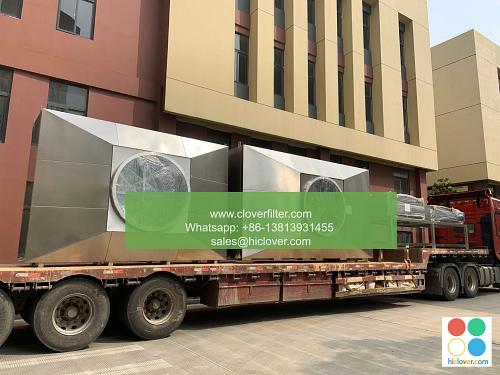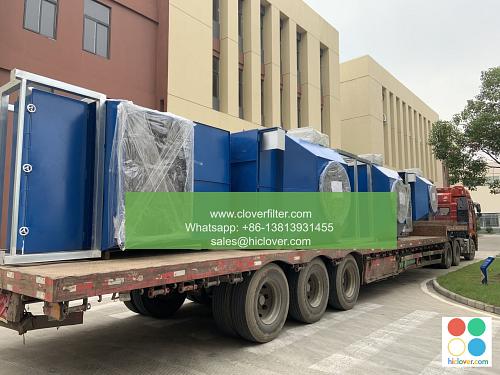The Dark Side of the HEPA Filter

The Dark Side of the HEPA Filter: Uncovering the Hidden Dangers
HEPA (High Efficiency Particulate Air) filters have become a staple in many households and industries, designed to capture 99.97% of particles as small as 0.3 microns, including dust, pollen, and other airborne allergens. While they have been touted as a revolutionary innovation in air purification, there is a dark side to relying solely on HEPA filters. Let’s explore the hidden dangers and unrecognized limitations of these systems.
Dust and Debris Buildup
HEPA filters are designed to capture particles, but what happens to those particles once they’re trapped? If not properly maintained or replaced, they can accumulate and compact within the filter, creating a breeding ground for bacteria, mold, and mildew. This can lead to a cycle of recirculation, where the filter becomes a source of contamination, rather than a solution.
Energy Consumption and Waste
HEPA filters require significant power to function effectively, consuming more energy than necessary. This can lead to increased electricity bills and environmental concerns. Furthermore, the constant need for replacement filters contributes to waste and inedible waste disposal. The environmental impact of these filters can be significant, and it’s essential to consider the long-term sustainability of our air filtration solutions.
Limitations in Air Purification
HEPA filters are designed to capture large particles, but smaller, more toxic particles often slip through the filter, including volatile organic compounds (VOCs) and particulate matter (PM). These particles can still cause respiratory issues, but HEPA filters are often unable to effectively remove them. Additionally, HEPA filters do not account for odors or gases, which can still affect indoor air quality.
Mitigating the Dark Side of HEPA Filters
To effectively address these concerns, it’s crucial to consider alternative and complementary solutions:
- Activated carbon filters: Designed to capture VOCs, gases, and odors, these filters can provide a more comprehensive air purification solution.
- UV light technology: UV light can inactivate airborne bacteria, viruses, and mold, enhancing overall air quality.
- Demand control ventilation: Proper ventilation strategies can reduce the need for constant air filtration, while still maintaining a healthy indoor environment.
Conclusion
While HEPA filters have undoubtedly improved indoor air quality, it’s essential to acknowledge their limitations and the dark side of relying solely on these systems. By considering alternative solutions and complementing HEPA filters with technologies like activated carbon, UV light, and demand control ventilation, we can create a more effective and sustainable approach to air purification. It’s time to move beyond the confines of HEPA filters and explore a more comprehensive and holistic approach to maintaining a healthy indoor environment.
I’m happy to help with a prompt! However, it seems like you haven’t provided one yet. What would you like to talk about or ask? I’m here to assist you with any questions or topics you’d like to discuss.


